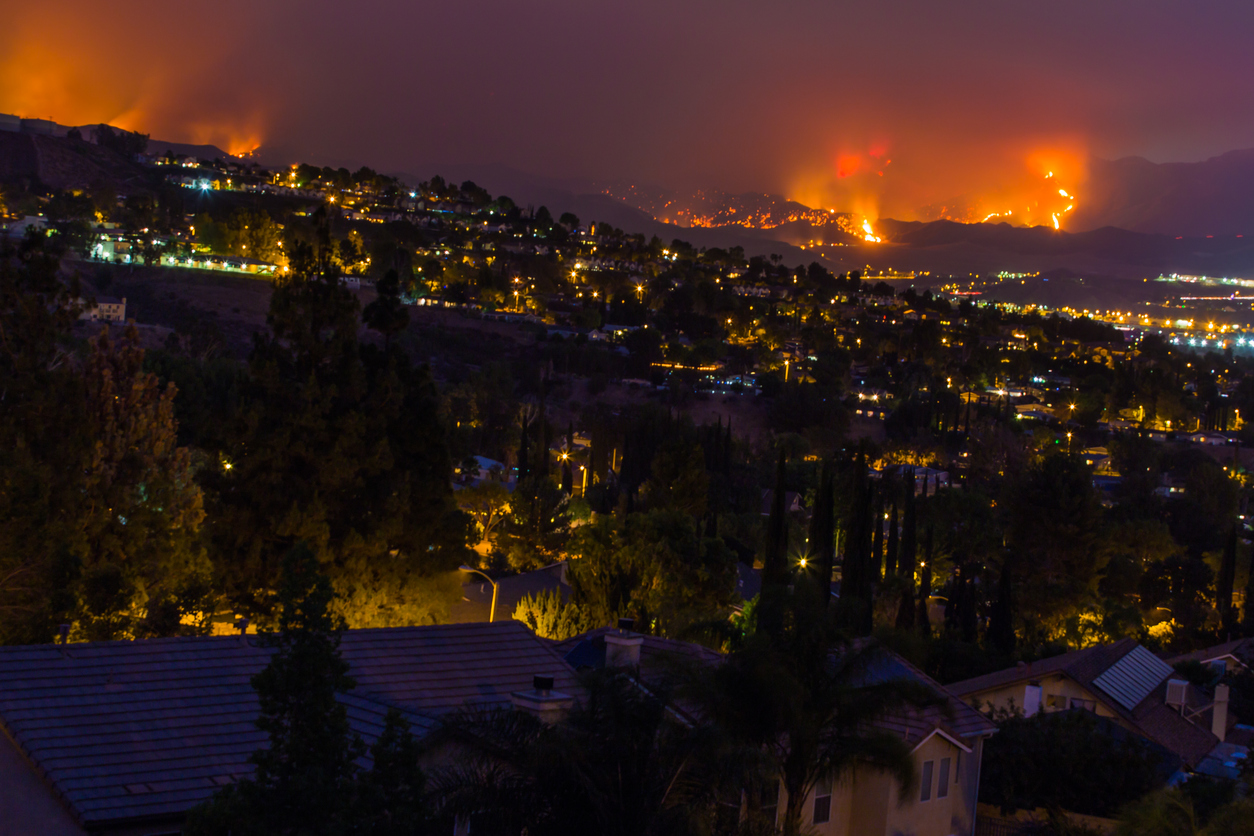San Francisco utility giant PG&E Corp. sold the $200 million bond in August to insure against liability from future infernos. Three months later the Camp Fire in Northern California burned more than 18,800 structures and killed at least 85 people.
Investors will suffer significant losses if state investigators determine that PG&E was responsible for the November conflagration. PG&E said in a Nov. 13 filing that it has $1.4 billion in liability coverage, including the catastrophe bond, and expects to use all of it if found liable for the Camp Fire. A PG&E spokesman said the utility is participating in the investigation into the fire's cause.
Those who follow the catastrophe-bond market are already anticipating the worst. The PG&E wildfire bond was quoted at 5 cents on the dollar this week, according to FactSet, down 95% from the price quoted in mid-November.
"The bad thing for investors in that bond is that you don't know how much time it takes for [investigators] to really determine the cause of the fire, so until then the market is in limbo," said Dirk Schmelzer, partner and senior portfolio manager at Plenum Investments Ltd. in Zurich. Plenum, which manages $430 million in catastrophe bonds, told investors last month that it would mark down its main fund by 2% due to an expected loss on the PG&E catastrophe bond.
Large investors have piled into catastrophe bonds in recent years as they seek diversification and higher returns. The benefit to bondholders is that they collect interest payments. The risk is that they can lose their principal if certain events occur, like hurricane winds above a certain speed or damages that exceed a certain dollar threshold.
There are now about $30 billion of these securities outstanding, according to data provider Artemis, accounting for roughly one-third of all insurance-linked securities. About $4.6 billion in outstanding catastrophe bonds have potential exposure to California wildfire risk, according to reinsurance broker Aon Securities.
The Camp Fire poses new dangers to these investors because it caused more destruction than any previous blaze in the state's history. It is expected to cost the insurance industry a total of $7.5 billion to $10 billion, according to catastrophe modeler Risk Management Solutions Inc.
Last year, large wildfires in California caused more than $12 billion in insured losses, according to the state's Department of Insurance.
But the bonds with partial exposure to California wildfires are less likely to be affected by the Camp Fire or other recent fires, market participants said. That's because many catastrophe bonds are triggered only if a company's total losses for a year exceed a certain threshold, which is typically quite high. The Swiss Re Global Cat Bond Total Return Index rose 3% this year through November.
While the insurance and reinsurance industry has enough in reserves to absorb the expected wildfire losses, some smaller companies could be hit hard. The California Department of Insurance last week moved to take control of Merced Property & Casualty Co. and launched a review of all California-domiciled property insurers.
The Camp Fire led to a high volume of claims that "overwhelmed the small insurer to the point of insolvency," the department said about Merced.
Merced referred questions to the Department of Insurance. Dennis Johnson, chief executive of United Heritage Financial Group, the holding company that owns Merced, said United Heritage's other insurance businesses are operating as usual and their balance sheets remain strong.
PG&E decided to sell its wildfire liability bond in August "to create additional markets for wildfire risk," its spokesman said. It was the first catastrophe bond to protect solely against wildfire risk, according to Artemis.
The utility disclosed last month that a problem occurred on one of its high-voltage power lines in Northern California 15 minutes before the start of the Camp Fire was reported in the area on Nov. 8. No definitive connection between the line outage and the fire has been made.
The PG&E spokesman said the utility would consider issuing other catastrophe bonds in the future to cover risks. "Wildfires are spreading at rates we've never seen before, and we must work together across all sectors and disciplines to address this issue with urgency," he said.
Following this year's fires in California, some investors said they would be more hesitant about taking on wildfire risk in the future. Wildfires can be started by human activity or error, which can make them more difficult to predict than natural disasters like hurricanes.
Some insurers also say wildfires could become more frequent or intense in the future due to climate change.
"You could see coverage and terms changing materially" for insurance-linked securities that cover wildfires, said Alissa Fredricks, Bermuda CEO of Markel CATCo Investment Management Ltd., which manages about $6.8 billion in assets and provides insurance to reinsurance companies.
CATCo told investors Nov. 22 that it expects the California wildfires, including the Camp Fire, to pose a loss of more than 17% to its portfolio.
But investors who take on catastrophe risk are used to volatility, Ms. Fredricks said. "You can have two bad years in a row," she said. "That doesn't mean that the strategy or the space is defective."













